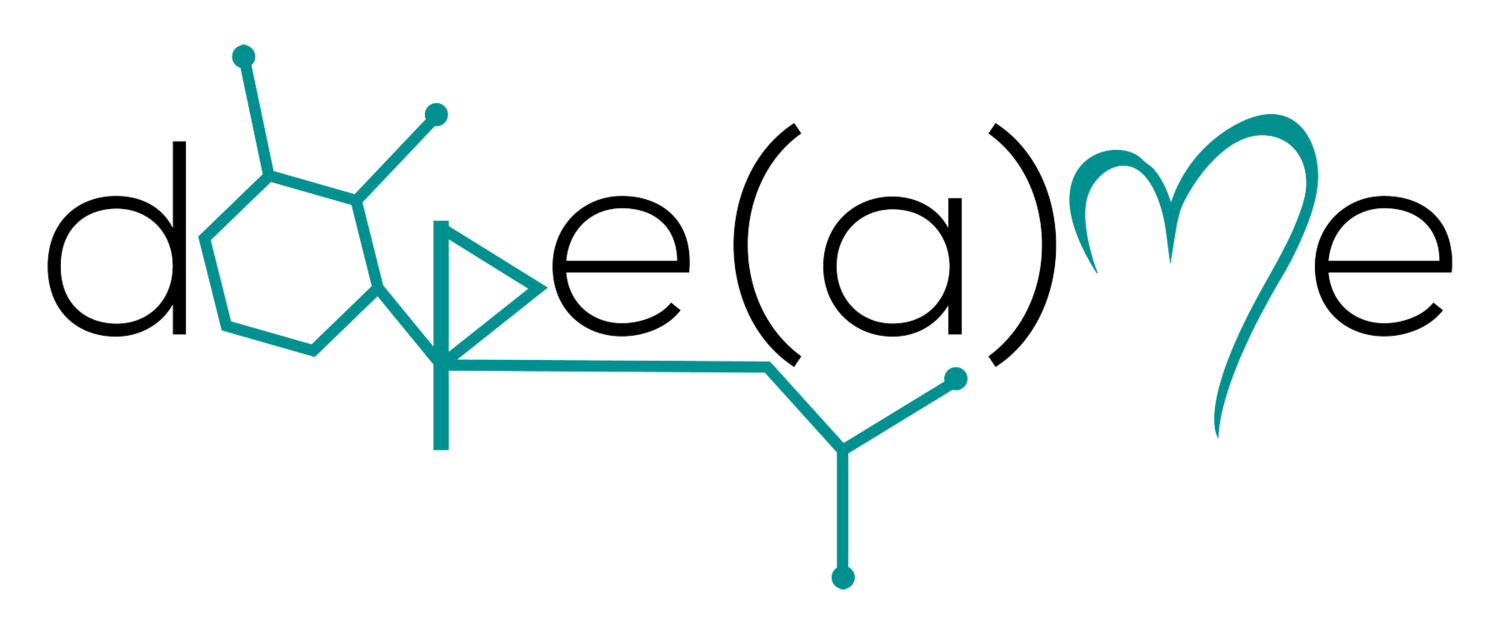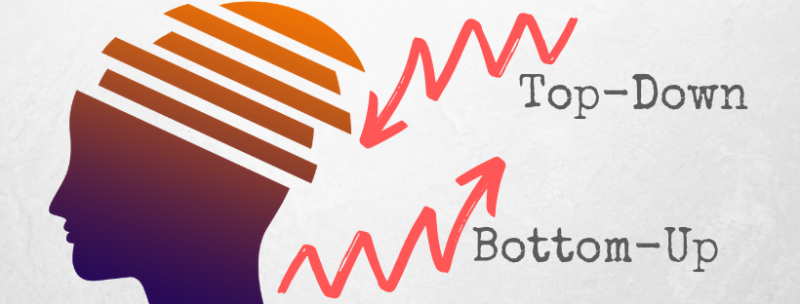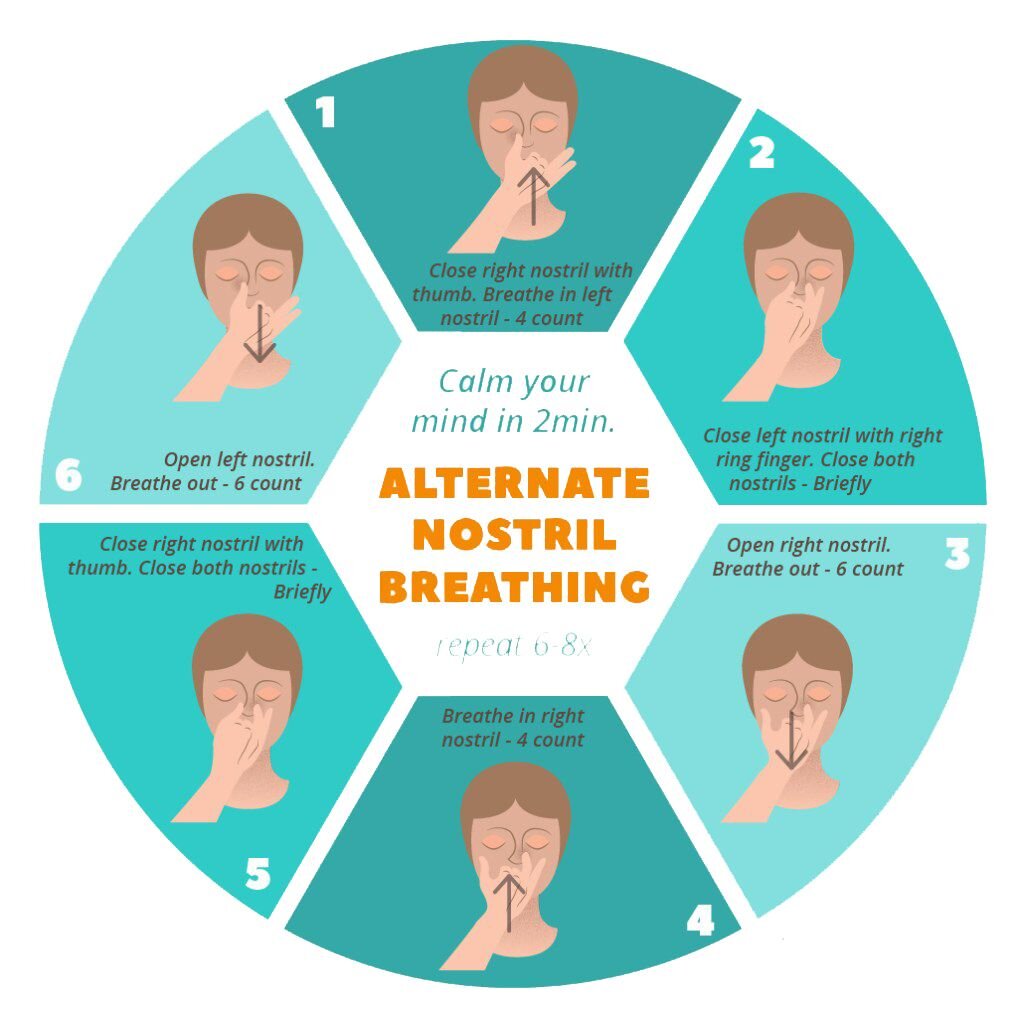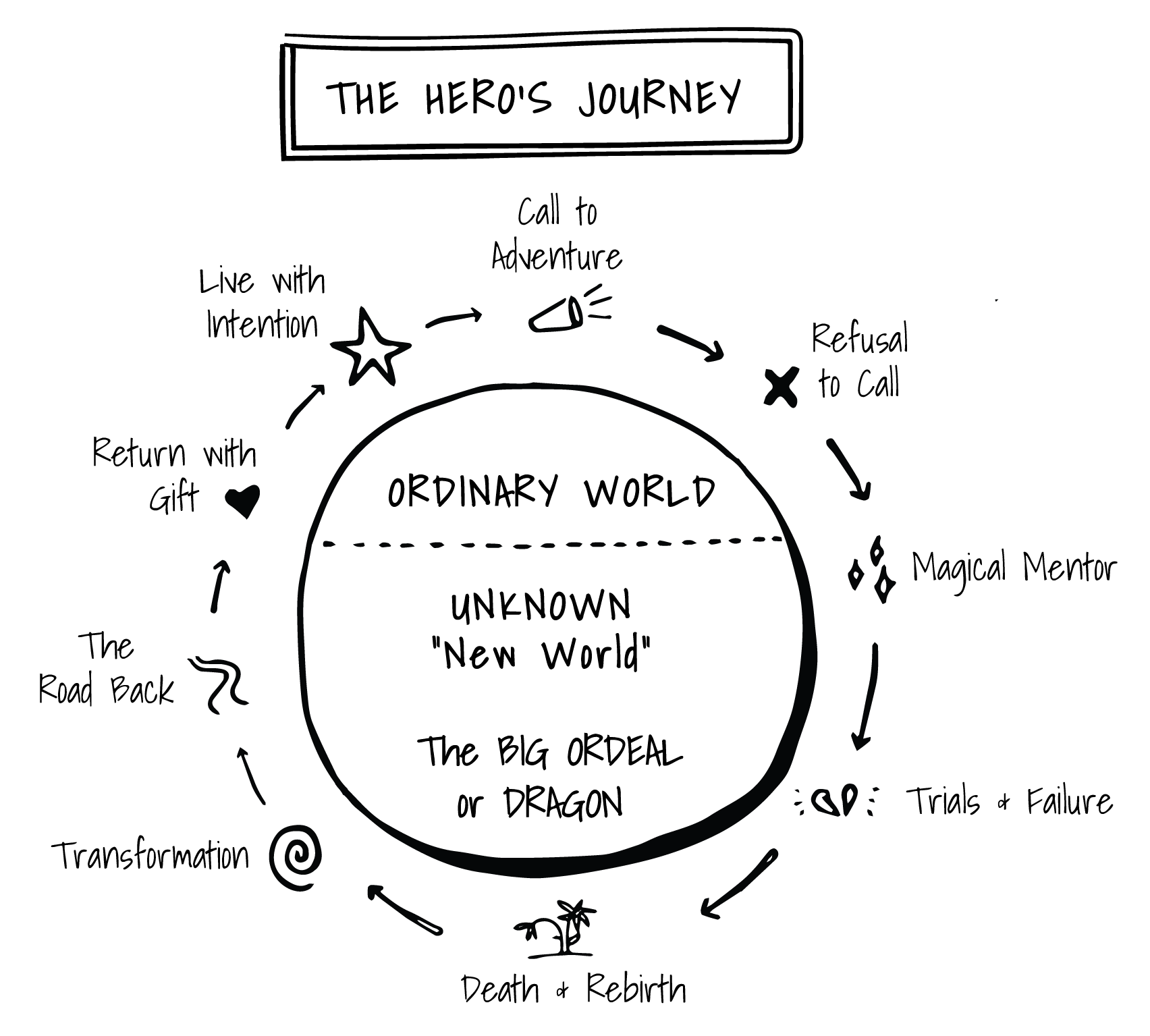The Path of the Yogin
Begins February 27
Have you ever been struck with the question “who am I?”
Have you ever felt the pull to discover your unique purpose or felt the subtle, yet deep, sense that something is missing?
Do you have parts of your psyche, or life, that make you feel like you are standing at the edge of a fire? Perhaps you have a recurring fear that you lack the understanding, support and resources you need to step into the transformative flames of conscious change? Or perhaps you are ready to take that step and are seeking a way to do so that provides you with enough space to breathe and rest along the way.
If you have asked any of these questions, or had similar thoughts, you are a yogin. And this program is for you.
We have a shared desire to feel better, be better, do better, and we know that taking care of ourselves is a must. Yet we are overrun and overwhelmed by the roles we play in this life and the commitments that arise from these roles.
It is no surprise to anyone to hear that the time we are living in has substantially increased collective strife, by way of uncertainty, lack of control, and more flux and change than what is comfortable for most. An added problem to this cocktail of unpredictability, is that collectively these problems surmount to a state of constant stress and is feeding into what was already was a growing epidemic of mental and physical health struggles.
The key here is: the problem is not the problem, it is our relationship to the problem that is the problem.
If we don’t create space for what can truly cure our incessant restlessness and avoidance, then all we are doing is putting on one bandage after another. The feeling of having “not enough space” is a signal from your nervous system that you are overloaded and in an unsustainable place for your long-term health.
There is no shortage of quick fixes and we may have habitual ways we can distract ourselves and even override the messages we are receiving. But as you know, what you push away and avoid simply gets louder and more demanding for your attention.
The Path of the Yogin is our curation of a cure as we invite you to deal with these very real world problems with the tools that have been passed down for centuries. Yoga is meant to be discussed, explored, experimented with, shared and adapted to meet the relevant needs of the present. As a system, it teaches the practice of:
how to take responsibility for ourselves (yamas and niyamas)
how to release stored trauma from our tissues (asana)
how to use our breath to shift nervous system states (pranayama)
how to withdraw from external stimulation to be with our internal environment (pratyahara)
how to develop choice and mastery in what we focus on (dharana)
how to expand our perspective from my reality to a global awareness (dhyana)
how to be an integrated and blissful soul while walking this earth in an intelligent body (samadhi)
We are not simply prescribing ancient wisdom study, nor are we proposing that we meditate away our struggles or bypass reality as it is. Yoga is an embodied system of healing, where we include every part of who we are as we transcend the instability into the depths of our inner-stability.
The Path of the Yogin program is for you if you are ready to bring choice and empowerment back into your life, to listen to your wise body-mind that is telling you to slow down and, ultimately, be guided and supported out of the cycle of suffering and back to the wisdom that is already inside of you.
Imagine …
Imagine what it would be like to experience the support, compassion, structure, resources and content needed to transform the direction of your life towards liberation.
Imagine an experiential course that mimics the flexibility of a healthy brain and nervous system, offering stability and support while honoring your personalized needs and desires.
Imagine 18 weeks of inspiring content, holistic practices to strengthen your body and mind, a nurturing and adaptive team of teachers who have the goal to re-connect you with you, and a supportive community of other humans stepping into the fire as well.
The Details …
This 18-week program is focused on merging your individual needs and goals with history and tradition of the 8 limbs of yoga, to cultivate the emergence of the wisdom you seek.
Our five modules are as follows:
Your Purpose: Creating the path for conscious change and how to apply the principles of yoga to ourselves and our lives as we study, live and grow
The History and Philosophy of Yoga: Where we came from, where we are now, and the awe-inspiring hope of where we are headed
The Yoga Sutras of Patanjali: An expertly guided translation and supported journey through how to apply this wisdom and inquiry to your life
The Bhagavad Gita: An expertly guided translation and supported journey through how to apply this wisdom and inquiry to your life
Subtle Anatomy: How to know and be the mover of your own energy
The recorded content of these modules will be available weekly and will include lectures, reflection homework, mindful movement, breathwork and meditation practices.
We view homework as a tool, not a rule. If your goal is to get Yoga Alliance certified, there are some expectations in what you complete. If your goal is to be the best human you can be, we hope our homework offering is a guideline and spring-board for your own creative intuition.
We will enjoy time together with six live online gatherings and, throughout the course, you will have five hours to use for personalized collaborative mentorship and coaching with your teachers.
Logistics
We meet online through the Inspired Yoga and Wellness portal. Each week we will release a new set of lessons and practices so that you can engage with mindfulness and consistency.
Our schedule will be as follows (all times in Mountain Standard Time):
Opening Circle: Sunday, February 27, 9:30 to 10:30 am
Online Gatherings:
Saturday March 12, 9 -11 am
Saturday April 9, 9 -11 am
Saturday May 7, 9 -11 am
Saturday June 11, 9 -11 am
Closing Ceremony: Sunday, June 26, 9:30 to 10:30 am
The time we are living in now is giving us a choice. Do we continue the path of suffering, cycling through the instability of an overwhelmed nervous system and the incessant stimulation of distraction and blame, or, do we step on The Path of the Yogin and allow this fire to be what transforms us into who we are capable of being. We hope you choose to join us on this path.
Here’s a little video I put together to share some inspiring conversation between Nora, Erin and I as we discussed what we are so excited about in this program. Enjoy.


















